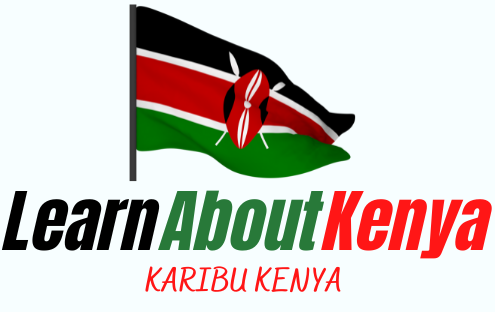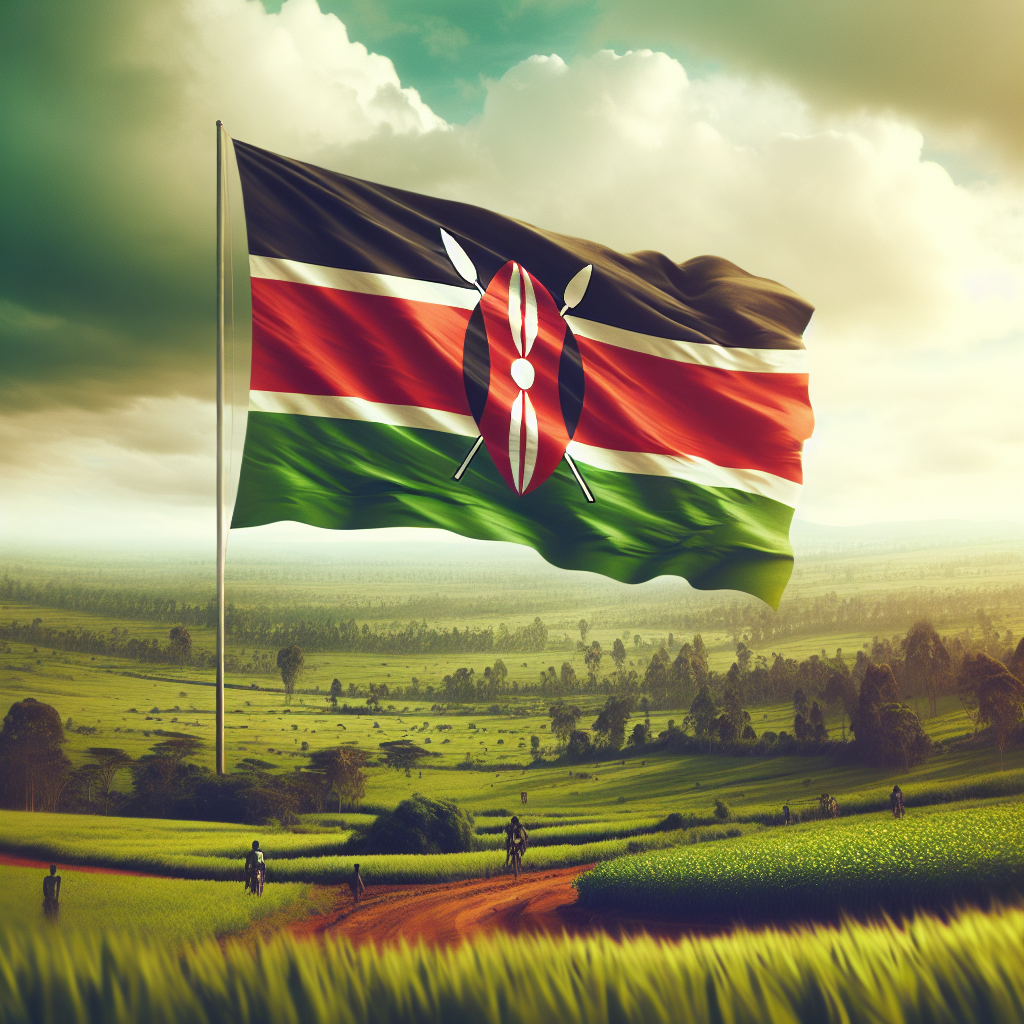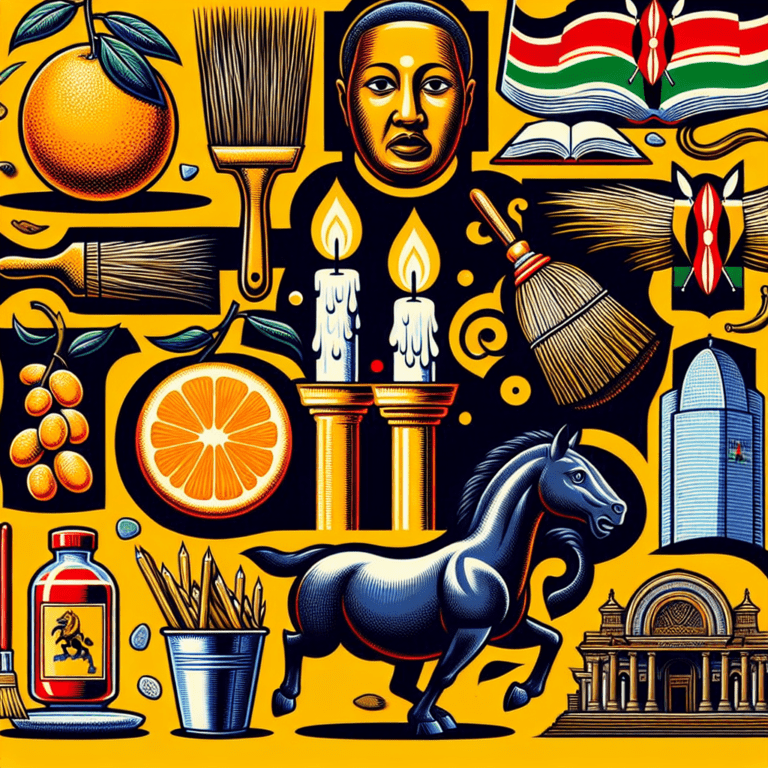What Was The Nyayo Era In Kenyan Politics?
Have you ever wondered what exactly the Nyayo era in Kenyan politics was all about? Well, get ready to embark on a fascinating journey through time as we explore the significance and impact of this era. From its origins to the key policies and changes it brought, we’ll delve into the heart of the Nyayo era, shedding light on its lasting legacy in Kenyan politics. So, fasten your seatbelts and prepare to be captivated by the intriguing story behind the Nyayo era.
The Nyayo Era
The Nyayo Era refers to the period of Kenyan politics, spanning from 1978 to 2002, during which Daniel arap Moi served as the President of Kenya. This era was named after Moi’s political philosophy of “nyayo,” meaning footsteps in Kiswahili, symbolizing the continuation of Jomo Kenyatta’s leadership and policies. Throughout the Nyayo Era, Kenya experienced significant political, economic, and social developments, as well as notable controversies and challenges.
Understanding the Nyayo Era
To truly comprehend the Nyayo Era, it is essential to delve into its background and context. Taking over as President following Jomo Kenyatta’s death in 1978, Moi aimed to maintain stability and continuity while also asserting his own leadership. He built his political ideology around the principles of African socialism, unity, and stability, with an emphasis on Nyayoism. Moi sought to consolidate his power and establish a one-party state, which greatly impacted the political climate during this period.
The Background of the Nyayo Era
When Daniel arap Moi assumed office, Kenya was facing several challenges such as political divisiveness, economic disparities, and deep-rooted tribal tensions. This era marked a crucial turning point in Kenyan history, as it shaped the nation’s future trajectory. Moi’s leadership aimed to address these issues by promoting nationalism and unity, targeting economic development, and implementing social welfare programs. However, the manner in which these goals were pursued raised concerns regarding human rights and democratic processes.
Key Figures in the Nyayo Era
During the Nyayo Era, several individuals played significant roles in shaping the political landscape. Daniel arap Moi, as the President, was the central figure. His leadership style and policies had a profound impact on the country. Other key figures included influential politicians, such as Charles Njonjo, who served as the Attorney General and played a crucial role in implementing government policies. Additionally, opposition leaders and activists emerged as prominent figures in challenging the regime, further shaping the political climate.
Political Climate during the Nyayo Era
One-Party State
One of the defining characteristics of the Nyayo Era was the establishment of a one-party state. In 1982, the ruling Kenya African National Union (KANU) became the sole political party, consolidating power under President Moi. This move aimed to maintain stability and control over political dissent, but it limited political pluralism and stifled opposition voices. While some argued that the one-party system provided a coherent vision and minimized political upheaval, others perceived it as an infringement on democratic principles.
Suppression of Dissent
The Nyayo Era was marked by the suppression of dissent and the restriction of political freedoms. Moi’s government employed various tactics to silence opposition, including arbitrary detention, censorship of the press, and intimidation of critics. Dissenting voices within academia, civil society, and the media often faced harassment and persecution. These measures aimed to maintain control and ensure the dominance of the ruling party, but they also resulted in a culture of fear and limited public discourse.
Human Rights Violations
The Nyayo Era was marred by numerous human rights violations. Reports of torture, arbitrary arrests, enforced disappearances, and extrajudicial killings were common during this period. Government security forces were often implicated in these abuses, targeting political dissidents, human rights activists, and members of marginalized communities. Such violations drew widespread condemnation, both domestically and internationally, and became a central point of criticism against the Nyayo regime.
Economic Policies and Development
Economy under the Nyayo Era
Daniel arap Moi’s economic policies focused on achieving self-sufficiency and equitable development in Kenya. His government implemented initiatives to diversify the economy, strengthen agricultural production, and attract foreign investment. Despite facing economic challenges, such as a slump in commodity prices and high levels of corruption, the Nyayo Era witnessed notable growth in sectors such as tourism, manufacturing, and services.
Redistribution of Resources
Social and economic inequality was a pressing issue during the Nyayo Era. Moi’s government initiated policies aimed at redistributing resources to marginalized communities and addressing disparities. Land reform programs were implemented to provide land ownership and agricultural opportunities to small-scale farmers. However, the effectiveness and fairness of these measures were often questioned, as some argued that they perpetuated political patronage and did not address the root causes of inequality.
Foreign Investment and Aid
During the Nyayo Era, Kenya actively sought foreign investment and aid to support its development efforts. The government implemented policies to attract multinational corporations and promote export-driven industries. At the same time, Kenya received significant financial assistance from international organizations and bilateral partners. While these initiatives contributed to economic growth and infrastructure development, some criticized the overreliance on foreign aid and questioned the long-term sustainability of such partnerships.
Education and Social Welfare
Education Policies
Under the Nyayo regime, education was viewed as a cornerstone of national development and social progress. The government implemented various policies to expand access to education, particularly in rural areas. This included the introduction of free primary education and initiatives to improve infrastructure and teacher training. However, challenges such as inadequate funding and disparities in quality of education persisted, limiting the full realization of these aspirations.
Healthcare and Social Services
Improving healthcare and social services was a priority for the Nyayo government. Efforts were made to establish hospitals, upgrade healthcare facilities, and increase access to affordable medical care. Social welfare programs were also introduced, targeting vulnerable groups such as the elderly and persons with disabilities. While these initiatives had positive impacts, the overall healthcare system still faced challenges related to funding, infrastructure, and accessibility.
Affirmative Action and Gender Equality
The Nyayo Era saw efforts to promote gender equality and empower women through affirmative action policies. The government recognized the importance of women’s participation in nation-building and implemented measures to increase their representation in education, government, and the workforce. Female-focused initiatives were introduced to address gender disparities, including programs to improve access to credit and entrepreneurship opportunities. Despite these advancements, further progress was necessary to fully achieve gender equality and challenge societal norms and discrimination.
Infrastructure Development
Transportation
Infrastructure development played a crucial role in the Nyayo Era, with significant advancements made in transportation systems. Roads, railways, and airports were upgraded and expanded, linking various regions and contributing to economic growth. The construction of highways, such as the Thika Superhighway and the Nairobi-Mombasa Highway, improved connectivity and facilitated trade and travel. The government also invested in public transportation, with the introduction of mass transit systems in major cities.
Energy and Power
To address the growing energy needs of the country, the Nyayo government implemented projects to expand power generation and distribution. Investments were made in hydroelectric power plants, such as the Turkwel Gorge and Sondu-Miriu projects, as well as thermal power stations. These initiatives aimed to increase access to electricity, particularly in rural areas, and support industrial development. While progress was made, challenges such as inadequate infrastructure and high energy costs remained.
Urban Development
The Nyayo Era witnessed significant urban development, particularly in cities like Nairobi and Mombasa. Efforts were made to improve housing infrastructure, expand city centers, and enhance urban services. The construction of high-rise buildings, such as the Kenyatta International Conference Centre, symbolized the country’s progress and modernity. Urban planning initiatives aimed to create livable and sustainable cities, although issues related to slums, informal settlements, and housing affordability persisted.
International Relations
Regional Diplomacy
Throughout the Nyayo Era, Kenya pursued an active role in regional diplomacy and played a crucial role in conflict resolution efforts. President Moi often acted as a mediator in regional disputes, such as the Sudanese and Somali conflicts. Kenya also hosted peace negotiations and provided diplomatic channels for dialogue between warring parties. These efforts contributed to Kenya’s reputation as a regional peacemaker and strengthened its diplomatic relations with neighboring countries.
Kenya’s Role in Conflict Resolution
Kenya’s involvement in conflict resolution extended beyond its immediate region. The Nyayo government played a significant role in peace negotiations for the Sudanese civil war, serving as a mediator between the Sudanese government and rebel groups. Additionally, Kenya hosted various international conferences and summits, solidifying its position as a key player in global affairs and showcasing its commitment to diplomacy and peaceful resolutions.
Trade Relations
During the Nyayo Era, Kenya actively sought to expand its trade relations with other countries. The government implemented policies to promote exports, attract foreign investment, and diversify the economy. Initiatives such as the introduction of export processing zones aimed to facilitate trade and attract multinational corporations. Kenya also sought membership in regional and international trade organizations, further enhancing its position in the global marketplace.
Legacy and Criticisms
Positive Aspects
The Nyayo Era left behind a complex legacy, marked by both achievements and criticisms. On the positive side, there were notable advancements in infrastructure development, education, and healthcare. The emphasis on social welfare programs and affirmative action policies also contributed to addressing inequality and promoting inclusivity. Additionally, Kenya’s active role in regional diplomacy and conflict resolution earned the country international recognition.
Critics of the Nyayo Era
Despite these positive aspects, the Nyayo Era faced significant criticisms. The suppression of dissent and human rights abuses tarnished the government’s reputation, drawing condemnation from both domestic and international communities. Critics argued that the one-party state stifled democratic processes and limited political pluralism. The unequal distribution of resources and allegations of corruption also undermined the government’s efforts to address economic disparities and promote development.
Reforms and Transition to Multi-Party Politics
The end of the Nyayo Era in 2002 marked a pivotal moment in Kenyan politics. Daniel arap Moi stepped down after serving the maximum number of terms allowed by the constitution. The subsequent transition to multi-party politics opened up the space for increased political participation and pluralism. Reforms were implemented to strengthen democratic institutions, promote transparency, and protect human rights. This marked a significant departure from the political climate and policies of the Nyayo Era, setting Kenya on a new path of democratic governance.







